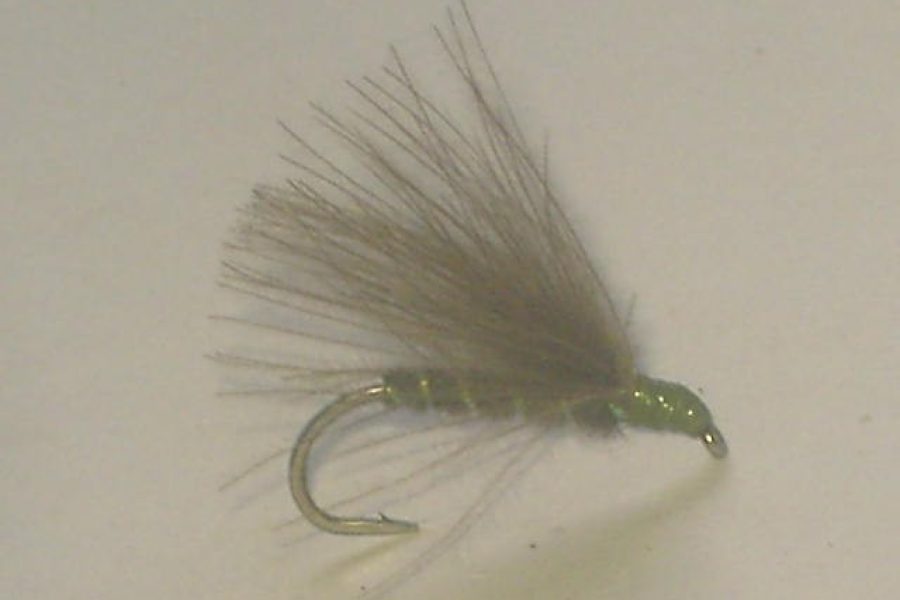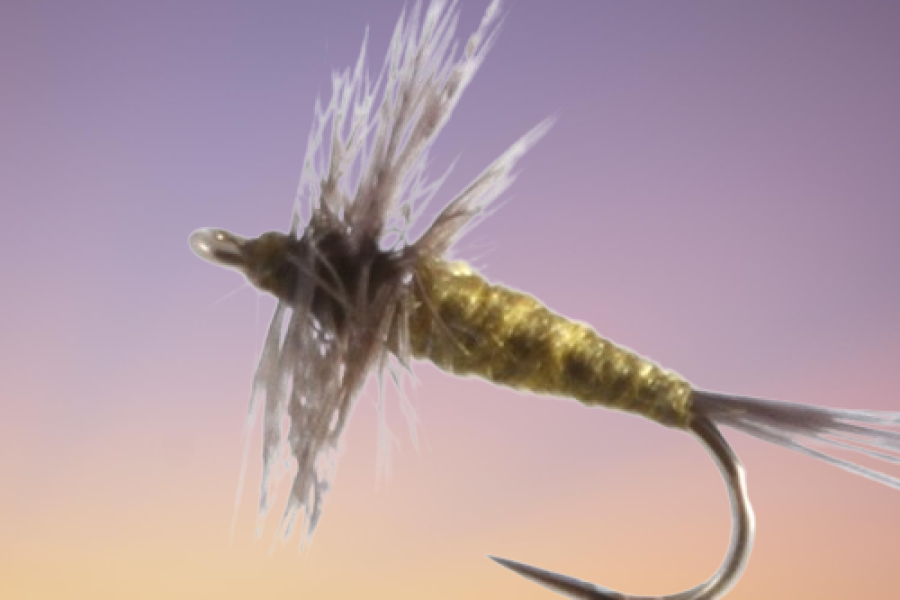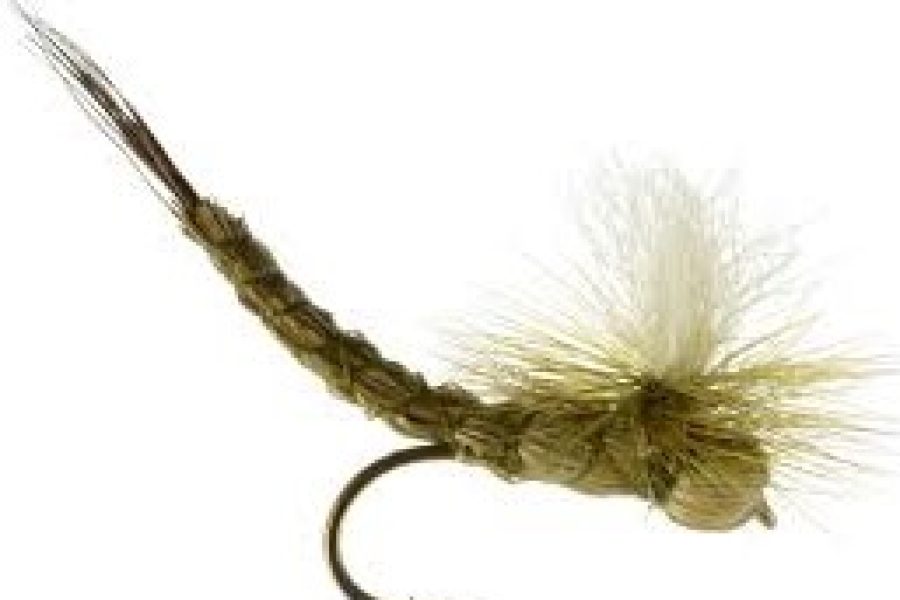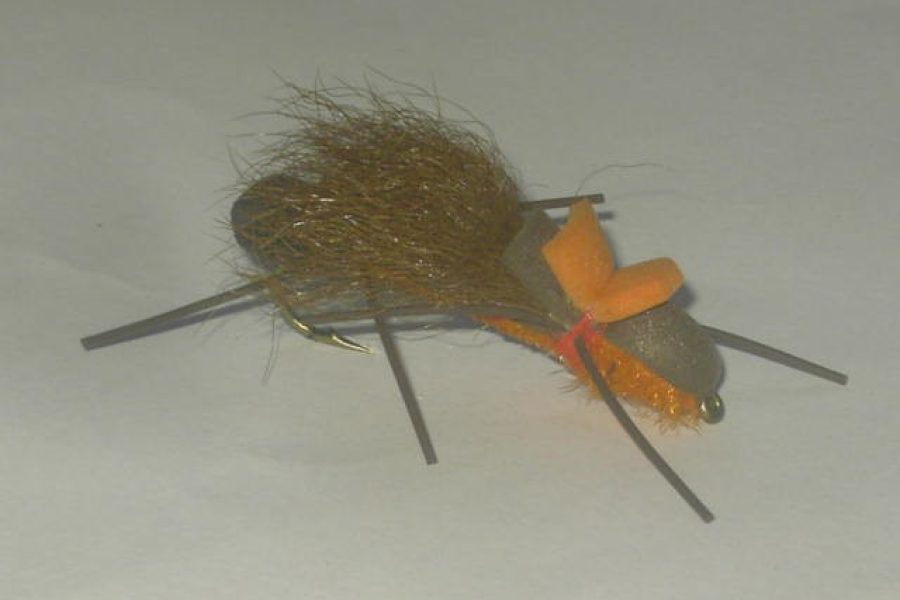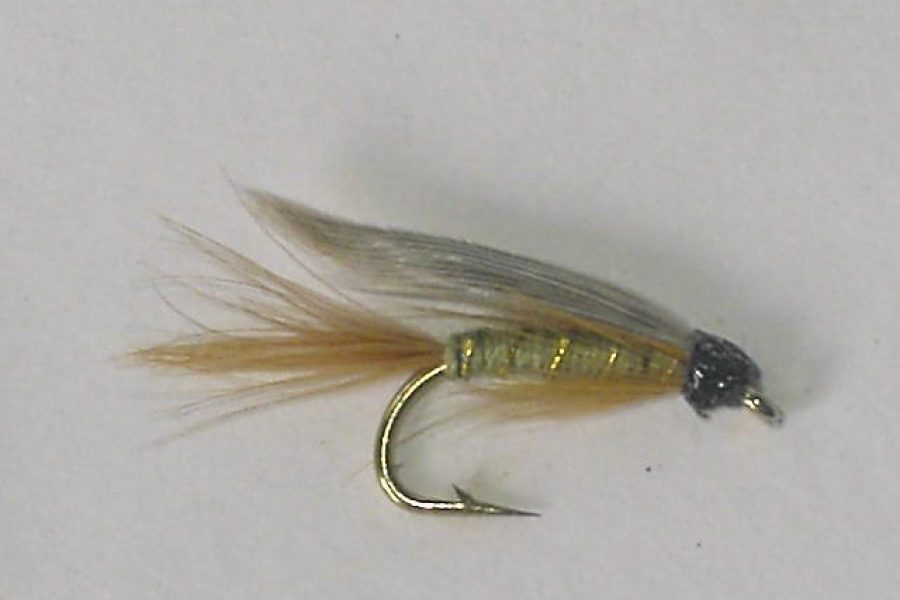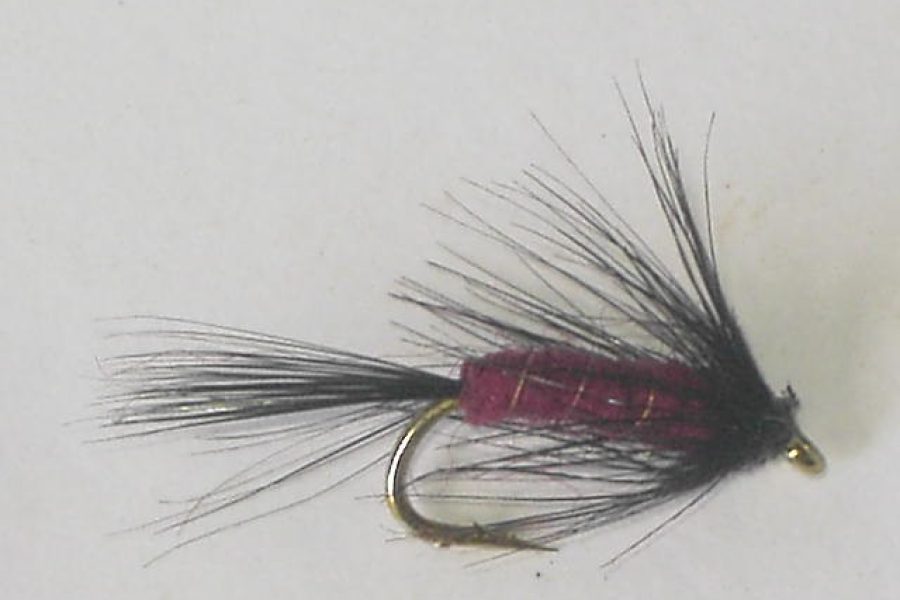Description
The Stoats Tail Wee Double fly represents one of the most enduring patterns in Scottish salmon and sea trout fishing, affectionately known as ‘the wee black flee’ in Aberdeenshire. This sophisticated pattern combines traditional materials with proven design elements to create an exceptionally effective fly for various fishing conditions.
Historical Origins and Development The pattern emerged from the rich tradition of Scottish salmon and sea trout fishing, incorporating the distinctive black-tipped white hair from the winter coat of the stoat (ermine). This historically significant pattern maintains essential characteristics while demonstrating the evolution of wet fly design.
Key Design Developments:
Traditional origins
Scottish influence
Material selection
Pattern refinements
Modern adaptations
Technical improvements
Contemporary variations
Design Philosophy and Innovation The pattern’s design reflects deep understanding of:
Color contrast
Profile presentation
Material selection
Light reflection
Movement characteristics
Premium Materials and Construction Traditional Materials:
Quality double hooks
Black floss body
Stoat tail wing
Fine silk thread
Durable finish
Modern Adaptations:
Enhanced durability
Advanced techniques
Specialized hooks
Innovative finishes
Contemporary materials
Technical Specifications
Hook Configuration:
Style: Double
Sizes: 8-12 (standard)
Strength: 2X-3X
Finish: Bronze/black
Point: Double
Body Construction:
Thread: Black silk
Body: Black floss
Wing: Stoat tail
Profile: Slim
Finish: Durable
Fishing Applications
Water Types:
Scottish rivers
Coastal waters
Estuaries
Deep pools
Various conditions
Seasonal Effectiveness:
Spring:
Early season runs
High water conditions
Cold water situations
Variable depths
Multiple presentations
Summer:
Warm water periods
Morning/evening fishing
Bright conditions
Technical fishing
Deep running
Fall:
Late season runs
Changed water
Aggressive takes
Multiple depths
Various speeds
Advanced Fishing Methods
Presentation Techniques:
Traditional Swing
Down and across
Speed control
Depth management
Line mending
Angle adjustments
Modern Adaptations
Strip retrieve
Pulse techniques
Dead drift
Sink and draw
Multiple depths
Water Reading and Strategy
Key Factors:
Current speed
Depth evaluation
Structure location
Temperature
Light conditions
Strategic Approaches:
Entry point selection
Drift planning
Coverage patterns
Depth control
Speed adjustment
Environmental Adaptations
Light Conditions:
Bright sunshine
Overcast days
Early morning
Evening light
Low light effectiveness
Water Clarity:
Crystal clear
Slightly colored
Stained water
Post-rain
Variable visibility
Modern Variations
Size Adaptations:
Standard sizes
Scaled versions
Custom ties
Situation-specific
Water-matched
Pattern Variations:
Traditional style
Modern materials
Hybrid designs
Color adaptations
Seasonal options
Technical Considerations
Leader Setup:
Length selection
Tippet material
Breaking strength
Knot choice
System balance
Equipment Matching:
Rod weight
Line type
Leader design
Tippet selection
Terminal tackle
Conservation and Durability
Material Selection:
Environmental impact
Longevity factors
Strength requirements
Replacement needs
Storage considerations
Maintenance:
Post-use care
Storage methods
Repair techniques
Material preservation
Long-term durability
Advanced Applications
Specialized Techniques:
Night presentation
Structure fishing
Cover presentation
Technical mending
Line control
Tactical Adaptations:
Weather conditions
Water levels
Fish behavior
Seasonal changes
Time of day
Classic Pattern Benefits
Design Advantages:
Proven effectiveness
Traditional appeal
Better visibility
Precise profile
Light reflection
Performance Benefits:
Consistent results
Natural movement
Strike triggering
Energy efficiency
Versatile fishing
Advanced Water Reading
Current Analysis:
Seam identification
Depth transitions
Structure influence
Temperature breaks
Holding lies
Strategic Planning:
Coverage efficiency
Presentation angles
Rest periods
Pattern rotation
Time management
Seasonal Applications
Spring Tactics:
Cold water techniques
High water methods
Early season approaches
Fish behavior patterns
Energy conservation
Summer Strategies:
Clear water presentations
Light penetration factors
Temperature considerations
Feeding patterns
Time of day
Fall Methods:
Pre-spawn behavior
Water temperature changes
Migration patterns
Aggressive triggers
Weather influences
Future Developments
Emerging Trends:
New materials
Design refinements
Tying techniques
Fishing methods
Pattern variations
Innovation Areas:
Material technology
Construction methods
Presentation techniques
Environmental considerations
Performance enhancement
The Stoats Tail Wee Double fly represents the perfect fusion of traditional design and proven effectiveness. Its sophisticated engineering incorporates classic materials with time-tested proportions, creating a pattern that has consistently produced results across varying conditions. Whether targeting salmon or sea trout, this pattern delivers exceptional performance through its carefully calculated design elements and versatile presentation capabilities.
Additional information
| Hook size | 10, 12, 14, 6, 8 |
|---|---|
| Hook type | Barbed Hooks, Barbless Hooks |


